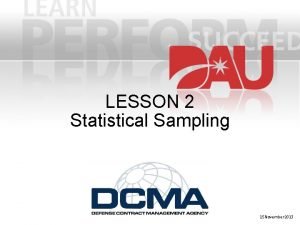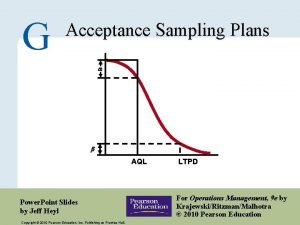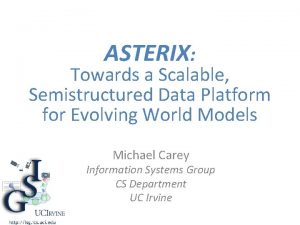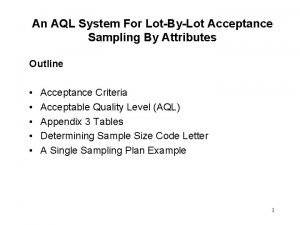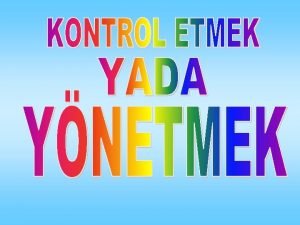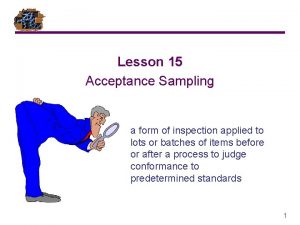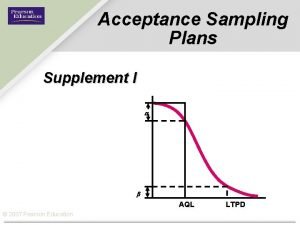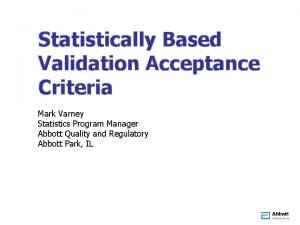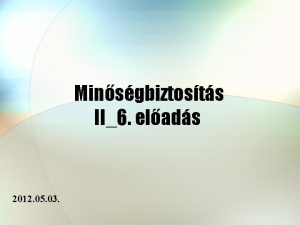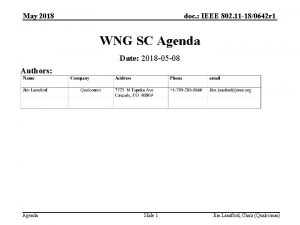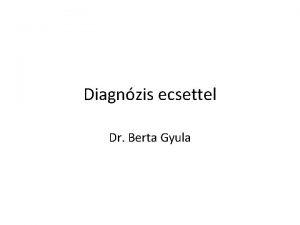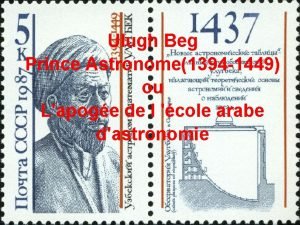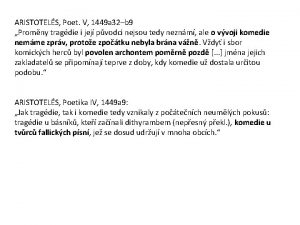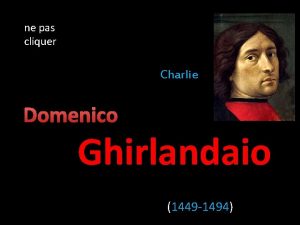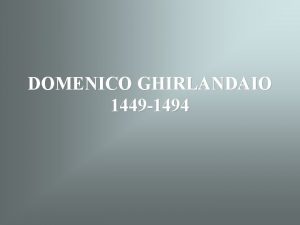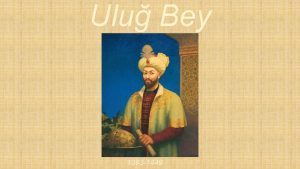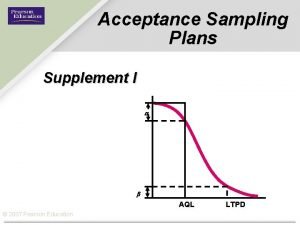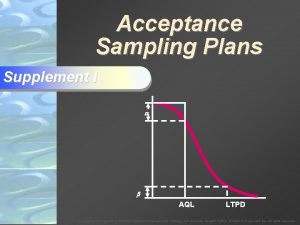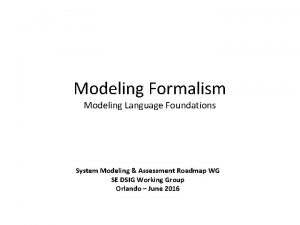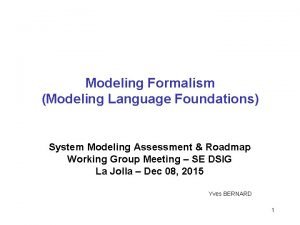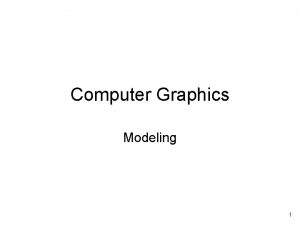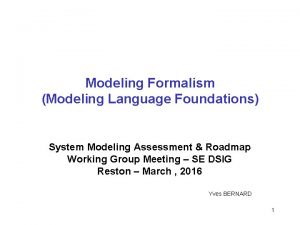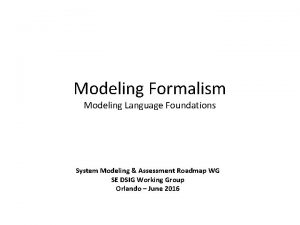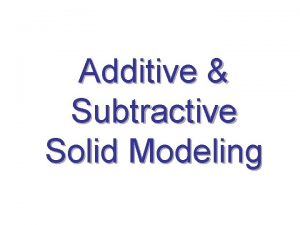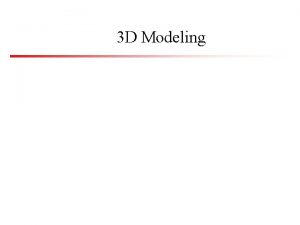Modeling of HD 180642 V 1449 Aql THE






























- Slides: 30

Modeling of HD 180642 = V 1449 Aql (THE only Cephei star main target of Co. Ro. T). Anne Thoul + Maryline Briquet, Pieter Degroote, Andrea Miglio, Josefina Montalban, Conny Aerts, Thierry Morel, Ewa Niemczura, Kévin Belkacem, . . . + the Corot B star Team Corot 2009 - HD 180642 - A. Thoul

HD 180642 spectroscopy photometry Zobs=0. 0099+-0. 0016 Corot 2009 - HD 180642 - A. Thoul Data from T. Morel, E. Niemczura et

HD 180642 dominant radial (l=0) mode l=3 photometry 11 ground independent frequencies from Corot ground spectroscopy Corot 2009 - HD 180642 - A. Thoul Courtesy Pieter Degroote P 62

HD 180642 Degroote, Aerts et al Hipparcos 0. 7 m Swiss telescope 1. 2 m Mercator telescope COROT ASAS photometry df/dt=[7. 6; 14. 4]10 -11 Hz/y df/dt ~ 10 -10 Hz/y Corot 2009 - HD 180642 - A. Thoul

HD 180642 11 independent frequencies determined from Corot light curve Only one high frequency mode identified : the high amplitude radial mode One low frequency mode identified No clear multiplet Main radial mode shows a frequency decrease Photometric and spectroscopic error boxes do not overlap Corot 2009 - HD 180642 - A. Thoul

HD 180642 Modelling: using CLES and OSC with AGS 05 and OP opacities Fit the radial mode “Free parameters”: X, Z, ov, M Corot 2009 - HD 180642 - A. Thoul

HD 180642 Range of parameters explored: X = 0. 72 – 0. 74 Z = 0. 010 – 0. 015 ov and M: all possible values which give solutions close to the error box in HR diagram Corot 2009 - HD 180642 - A. Thoul

HD 180642 A. Fit the main frequency with the fundamental radial mode on the main sequence n=2 n=3 n=1 X=0. 72, Z=0. 015, ov=0, M=12 Corot 2009 - HD 180642 - A. Thoul

HD 180642 modelling radial mode with fundamental on MS effect of M and ov (X=0. 72, Z=0. 010) =0. 4 =0. 2 =0. 0 M=12 Corot 2009 - HD 180642 - A. Thoul M=10

HD 180642 modelling radial mode with fundamental on MS effect of Z (X=0. 72, ov=0) Z=0. 010 Z=0. 015 Corot 2009 - HD 180642 - A. Thoul

HD 180642 modelling radial mode with fundamental on MS effect of X (Z=0. 010, ov=0) X=0. 72 X=0. 74 M=12 Corot 2009 - HD 180642 - A. Thoul M=10

HD 180642 radial = fundamental on MS log g fixed by radial mode M~9 M~13 Corot 2009 - HD 180642 - A. Thoul

HD 180642 B. Fit the main frequency with the first overtone of the radial mode on the main sequence n=2 n=3 n=1 X=0. 72, Z=0. 015, ov=0, M=12 Corot 2009 - HD 180642 - A. Thoul

HD 180642 radial mode = first overtone M~13 M~10 radial mode = fundamental Corot 2009 - HD 180642 - A. Thoul

HD 180642 C. Fit the main frequency with the second overtone of the radial mode on the main sequence n=2 n=3 n=1 X=0. 72, Z=0. 015, ov=0. 4, M=10 Corot 2009 - HD 180642 - A. Thoul

HD 180642 n=3 n=2 n=1 Corot 2009 - HD 180642 - A. Thoul

HD 180642 D. Fit the main frequency with a radial mode after the TAMS n=3 n=2 n=1 n=2 n=3 n=2 X=0. 72, Z=0. 010, ov=0. 2, M=10 log Corot 2009 - HD 180642 - A. Thoul

HD 180642 TAMS n=3 n=2 n=1 MS X=0. 72, Z=0. 010, ov=0. 2, M=10 Corot 2009 - HD 180642 - A. Thoul

HD 180642 n=3 n=2 n=1 Corot 2009 - HD 180642 - A. Thoul

HD 180642 TAMS MS df/dt on MS much too small Corot 2009 - HD 180642 - A. Thoul

HD 180642 TAMS MS Corot 2009 - HD 180642 - A. Thoul

HD 180642 TAMS MS Corot 2009 - HD 180642 - A. Thoul

HD 180642 Corot 2009 - HD 180642 - A. Thoul

HD 180642 spectroscopy photometry Corot 2009 - HD 180642 - A. Thoul

HD 180642 X=0. 72, Z=0. 010, ov=0, M=10 X=0. 72, Z=0. 010, ov=0. 5, M=10 X=0. 72, Z=0. 015, ov=0, M=12 Corot 2009 - HD 180642 - A. Thoul

HD 180642 X=0. 72, Z=0. 015, ov=0, M=9 radial mode is n=1, MS MAD radial mode is n=1, after TAMS radial mode is n=2, after TAMS radial mode is n=3, after TAMS Corot 2009 - HD 180642 - A. Thoul

HD 180642 X=0. 72, Z=0. 015, ov=0. 4, M=12 MAD radial mode is n=1, MS radial mode is n=2, MS radial mode is n=3, MS Corot 2009 - HD 180642 - A. Thoul

HD 180642 CONCLUSIONS We’ve got a problem! Modelling of the star using main high amplitude radial mode: l=0, n=1 out of 2 error box in HR diagram (log g too high) range of excited frequencies more or less OK l=0, n=2 in 2 error box but range of excited frequencies too low l=0, n=3 in 1 error box but range of excited frequencies much too low df/dt cannot be explained by evolution Corot 2009 - HD 180642 - A. Thoul

HD 180642 We’ve got a problem! Is log g correct? If yes, how can we have such high amplitude oscillations with high order radial modes? What about the excitation of the modes? What is the explanation for df/dt? Evolution? Resonant coupling? Is the star on MS or after TAMS? (1%) Corot 2009 - HD 180642 - A. Thoul

HD 180642 A “CHIMERA” STAR Hybrid Cephei / SPB star + solar-like oscillations (Kévin Belkacem et al. ) next step: try modelling the star using all stable and unstable modes NOTE: PROBLEM ==> We will learn something! Corot 2009 - HD 180642 - A. Thoul
 Modeling role modeling theory
Modeling role modeling theory Relational modeling vs dimensional modeling
Relational modeling vs dimensional modeling Aoq calculator
Aoq calculator Informatika fani
Informatika fani Aql table
Aql table Aql g2
Aql g2 Bs6001 sampling plan
Bs6001 sampling plan Aql ltpd
Aql ltpd Aql
Aql Aql 65
Aql 65 Aql tablosu
Aql tablosu Producer's risk
Producer's risk Producer's risk
Producer's risk Aql
Aql Aql táblázat
Aql táblázat Hình ảnh bộ gõ cơ thể búng tay
Hình ảnh bộ gõ cơ thể búng tay Sự nuôi và dạy con của hổ
Sự nuôi và dạy con của hổ điện thế nghỉ
điện thế nghỉ Các loại đột biến cấu trúc nhiễm sắc thể
Các loại đột biến cấu trúc nhiễm sắc thể Biện pháp chống mỏi cơ
Biện pháp chống mỏi cơ Trời xanh đây là của chúng ta thể thơ
Trời xanh đây là của chúng ta thể thơ Chó sói
Chó sói Thiếu nhi thế giới liên hoan
Thiếu nhi thế giới liên hoan Phối cảnh
Phối cảnh Một số thể thơ truyền thống
Một số thể thơ truyền thống Thế nào là hệ số cao nhất
Thế nào là hệ số cao nhất Slidetodoc
Slidetodoc Sơ đồ cơ thể người
Sơ đồ cơ thể người Tư thế ngồi viết
Tư thế ngồi viết Số nguyên tố là số gì
Số nguyên tố là số gì đặc điểm cơ thể của người tối cổ
đặc điểm cơ thể của người tối cổ




